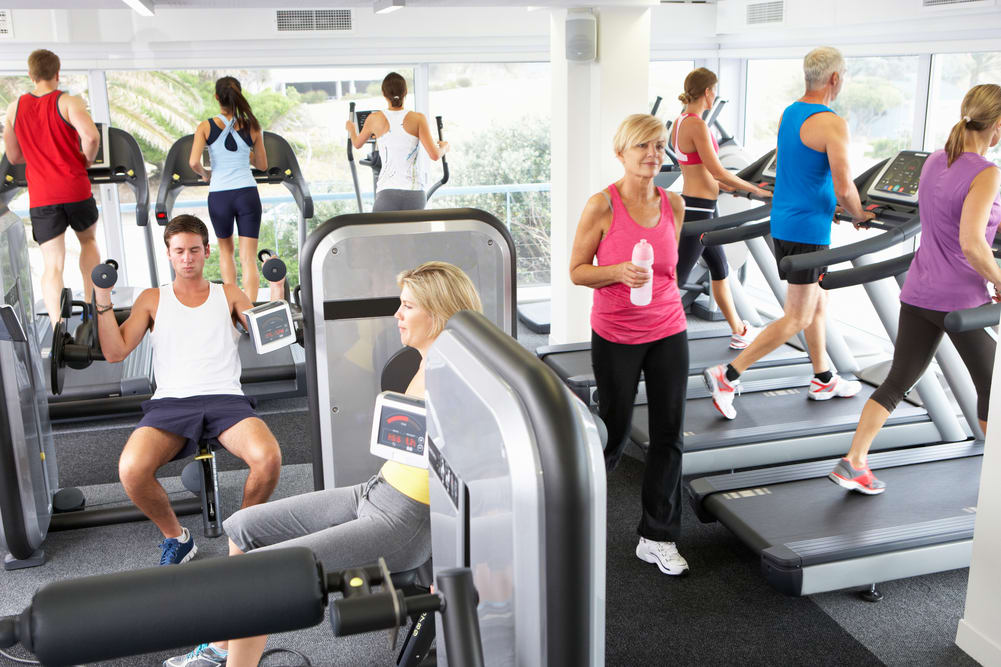
Why Are So Many Gyms Overcrowded?
The Volume-Based Business Model of a Cheap Gym
Low-cost gym memberships sound appealing, but there are many common pitfalls you might not realize when you join. Many people join low-cost gyms only to discover they’re lacking in some key areas. Some common complaints about these gyms include:
:: Overcrowded conditions
:: Lack of cleanliness
:: Small and poorly-equipped locker rooms
:: Subpar customer service
:: Limited access to trainers and support staff
A 2017 survey of members of various gyms found that 24 percent were dissatisfied with their gym. Price shouldn’t be your only factor when choosing a gym: saving money on a gym membership might not be worth it if you end up being unhappy with the quality of your gym.
How Can These Gyms Offer Such Low Prices?
Low-cost real estate: Gym businesses looking to keep their prices low often seek out the lowest-cost real estate they can find. Health clubs need a lot of square footage, which can be expensive, but empty grocery stores or strip mall storefronts can be affordable because they are hard to fill. However, using these kinds of retail spaces for a fitness center can lead to a lack of ambiance.
Reduced Staffing and Overhead: To keep costs down, low-cost gyms maintain only a bare minimum level of staffing. They may hire part-time or temporary trainers, and they can contract out their facilities maintenance instead of handling it in-house. This means that it’s often hard to schedule time with a trainer in these options, and the cleanliness levels can leave something to be desired.
Volume: Cheap gyms need to pack in the members in order to stay profitable. The result is these are usually very crowded, and you might find yourself waiting a long time to use the equipment, or unable to get into a class because of overcrowding. These gyms are unlikely to apply a volume cap during busy times.
What You Miss Out On At a Low-Cost Gym
Amenities: Low-cost gyms lack the “extras” many people want in an athletic club, such as dedicated rooms for fitness classes, pools, and courts for racquet sports. They may also have small and poorly equipped locker rooms and lounge areas. While these amenities aren’t strictly necessary for a workout, they make the experience much more rewarding and might help members stick to their fitness goals.
Support: With limited staff on hand, staff members at low-cost gyms can be overwhelmed and unable to deal with each member’s needs. In many of these chains, support is handled at a central corporate office and might be difficult to access. And part-time trainers may not be available when members need them. Using a trainer can enhance the effectiveness of your workouts, so it’s helpful to know they’ll be available at your gym.
A Better Fitness Experience: If you’re serious about your fitness goals, you may find yourself frustrated by the overcrowding and limited support available at a low-cost gym. Between time wasted waiting for equipment and the lack of available trainers, you may feel like you’re not getting very much from your visits. That frustration can put you in a negative state of mind about working out, which isn’t conducive to reaching your goals.
While a low-cost gym might seem like a great way to save money, there are a lot of factors that make these locations less satisfying. On the other hand, an athletic club with a comfortable atmosphere, fewer crowds and available support can go a long way toward helping you enjoy your workouts and stay motivated. Experience the difference a club focused on its members can make.